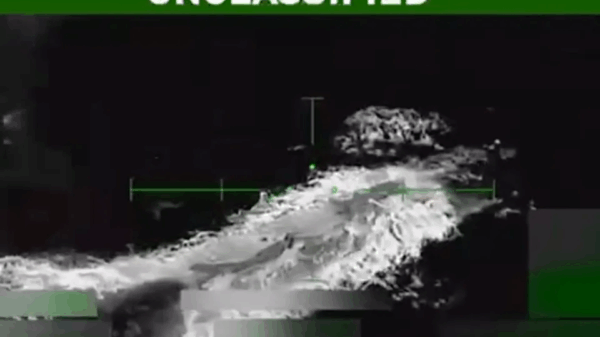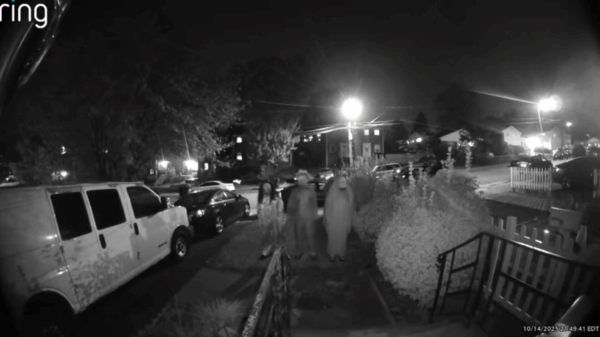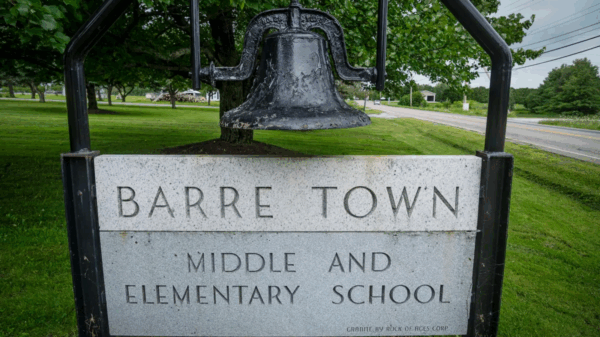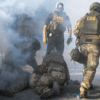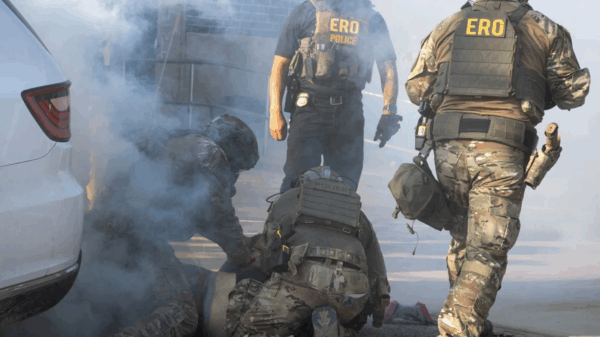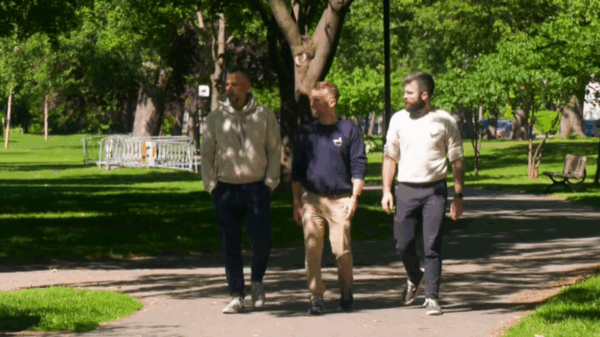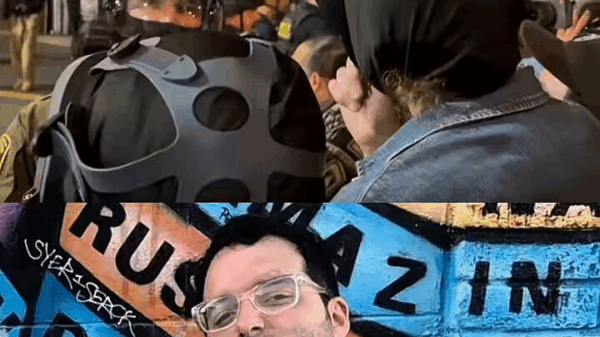BROADVIEW, Ill. — New fencing and barricades have been installed around the U.S. Immigration and Customs Enforcement (ICE) processing center in Broadview, a suburb of Chicago, as part of increased security measures following sustained protests at the facility.
State and federal law enforcement have erected concrete barriers, tall fences, and restricted vehicle access on adjoining streets to better separate demonstrators from facility operations.
These measures came after protesters repeatedly blocked entrances and clash with ICE agents, using tactics such as chaining themselves to gates or barricading driveways.
Village of Broadview officials, including the Fire Department, have raised concerns that some of the fencing was constructed without proper permits and may impede emergency response access. In particular, the fire department reported that access on Beach Street is now blocked due to newly erected fencing.
Despite assertions from facility and state police authorities that the barricades are necessary for officer safety and to maintain orderly access, Broadview’s mayor and local attorneys have questioned the legality of some security installations.
A judge has since issued an order that certain fencing be removed by a specified date, ruling that it was illegally built over a public street and blocked essential access.
The added security comes amid a wider immigration enforcement initiative known as “Operation Midway Blitz,” under which DHS and ICE have increased operations in the Chicago area. Protests at Broadview have intensified since September, with demonstrators criticizing federal actions and law enforcement tactics.
The fence and barricade situation remains a subject of ongoing legal, political, and public safety debate. Local officials continue discussions with DHS regarding both the necessity of the security measures and their impact on community safety and access.

![]()

